Advertisement
Let’s be real, language models like ChatGPT and Claude have been blowing up lately. But most people only see the English side of it. What about Spanish? Arabic? Tagalog? Or even lesser-used languages like Swahili or Haitian Creole? That's where multilingual LLMs come in. These tools aren’t just cool, they’re becoming essential. Whether you're working across borders or just curious about how it all works, here are 10 things (you’ll actually care about) to know about multilingual language models...
Multilingual LLMs don’t just take English, toss it into Google Translate, and call it a day. They’re not just AI-powered translators. They understand different languages from the inside out. That means they learn patterns, grammar rules, sentence structure—the whole thing—for multiple languages at once. It’s like training a single brain to fluently read and write in dozens (sometimes hundreds) of languages without switching “modes.” That’s why they can generate new content directly in Hindi, German, or Swahili without translating from English first. Pretty wild, right? It’s what separates these models from the basic tools we used back in the day. (Remember how clunky early translation apps were?)

Let’s get this out of the way: just because a model supports 100+ languages doesn’t mean it’s equally good in all of them. English, Spanish, and French? Crystal clear. But dive into something like Yoruba, Khmer, or Quechua... and you might notice a few awkward hiccups. Why? It mostly comes down to data. These models need lots of examples to learn from, and some languages just don’t have the same digital footprint (yet). So if something feels “off” in the response, chances are, it’s not your fault. It’s just the model doing its best with limited material.
So here’s a thing we’ve all run into: you ask a question, get an answer, but it feels wrong. Why? Because words carry different weight across languages. A joke in English might sound aggressive in Japanese. A casual phrase in Portuguese could come off too formal in Indonesian. Multilingual LLMs try to adjust for this (context switching is one of their superpowers), but they’re not perfect. You still need to double-check tone, slang, and cultural phrasing, especially if you’re writing for real people in another region.
Ever write a sentence like: “Let’s grab chai at 5, then we can finish the doc”? That blend of English and another language (like Hindi, Spanish, etc.) is called code-switching, and humans do it a lot, especially online. The cool part? Multilingual LLMs can actually follow along. They can recognize when you’re flipping between languages mid-sentence and keep the flow going. But... there's a limit. The more obscure the combo, the more likely the model is to trip up. (So yeah, don’t expect it to flawlessly handle Tagalog-Spanish-English slang in one go.)
Training a multilingual LLM is... not simple. It's not just “train in English, then copy-paste for other languages.” Engineers have to balance the data across languages, so one doesn’t dominate. If English has way more training material than Amharic, for example, the model might “forget” the smaller language over time. This is called catastrophic forgetting (yes, that’s the actual term). So teams often fine-tune and retrain the model specifically for low-resource languages. That way, the AI doesn’t become... well, too English for its own good.
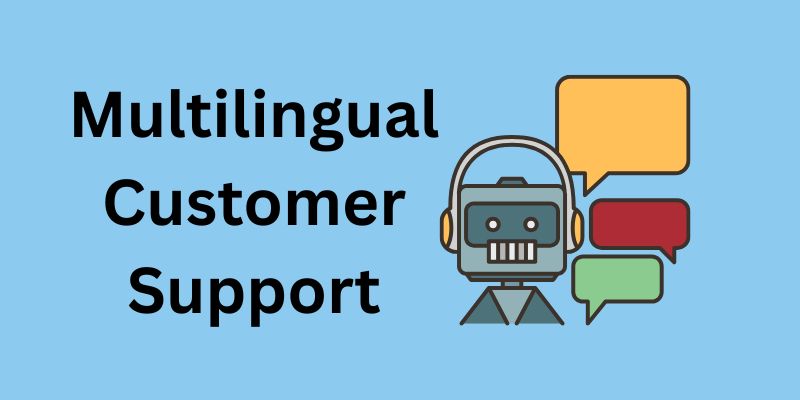
Ever hit up a support chat and realize you’re chatting in your language with someone halfway around the world? There’s a good chance an LLM is powering that interaction. Multilingual models let businesses respond to users in their native language, even if the support team doesn’t speak it. This is making customer service way more accessible (and less frustrating) in global markets. And the best part? It's not limited to huge companies anymore. Even small businesses can use multilingual AI tools to scale worldwide. Yup, this stuff’s getting real.
This might sound surprising, but LLMs aren’t just for the big, popular languages. Developers are starting to use them to help preserve endangered and indigenous languages too. By training models on rare texts, spoken word samples, and community input, we can help document languages that are barely written down anywhere. Some researchers even use LLMs to create educational tools for these languages. So yeah—it’s not just tech for tech’s sake. This could help save parts of culture that were at risk of disappearing completely.
We’ve all seen AI make mistakes. But in multilingual models, things get extra tricky. Sometimes, a model will “borrow” structure from one language while answering in another. Or it’ll mix idioms in a way that just doesn’t make sense. And let’s not even talk about gendered grammar in languages like French or Arabic (it gets messy real fast). So if you’re using a multilingual AI model for real work—like writing articles, sending client emails, or translating documents—you still need to proofread. Yes, even in 2025.
Learning a new language? Multilingual LLMs can be your secret weapon. You can ask them to correct your sentences, explain grammar rules, or even practice conversations (no judgment, no pressure). And here’s the best part—you can do this in real time. It’s way more responsive than flipping through dusty textbooks or watching slow YouTube lessons. Want to know how to say something in Italian and understand why it’s said that way? Just ask. (Seriously, it’s kind of addicting once you start.)
Let’s keep it real: not every multilingual LLM out there is great. Some models are stronger in certain languages than others. Some prioritize speed, while others focus on deeper language understanding. Open-source models like Mistral or BloomZ? They’re improving fast, but they still lag a bit behind commercial models in certain tasks. On the flip side, tools like GPT-4, Gemini, or Claude tend to offer stronger multilingual responses, especially for common use cases. So depending on your needs (translation, content, code-switching), you’ll want to test and see which one clicks for your workflow.
Multilingual LLMs aren’t just about convenience—they’re shaping how we work, learn, and connect across languages. Whether you're running a business, trying to communicate better, or just learning more about tech, it's good to understand how these models really work. Because as they keep improving, they'll play a bigger role in how we interact online, and maybe even how we preserve the languages of our past.
Advertisement
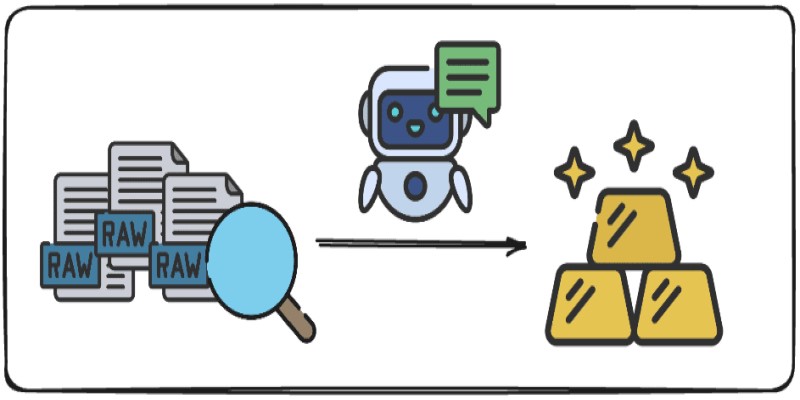
Want to turn messy text into clear, structured data? This guide covers 9 practical ways to use LLMs for converting raw text into usable insights, summaries, and fields
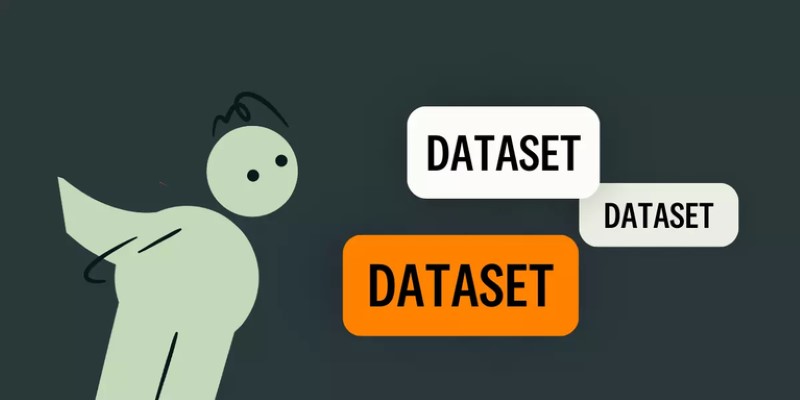
Want to build a dataset tailored to your project? Learn six ways to create your own dataset in Python—from scraping websites to labeling images manually

Learn how Intel Core Ultra CPUs use advanced neural processing to unlock faster and more responsive AI experiences on PC.

Create user personas for ChatGPT to improve AI responses, boost engagement, and tailor content to your audience.
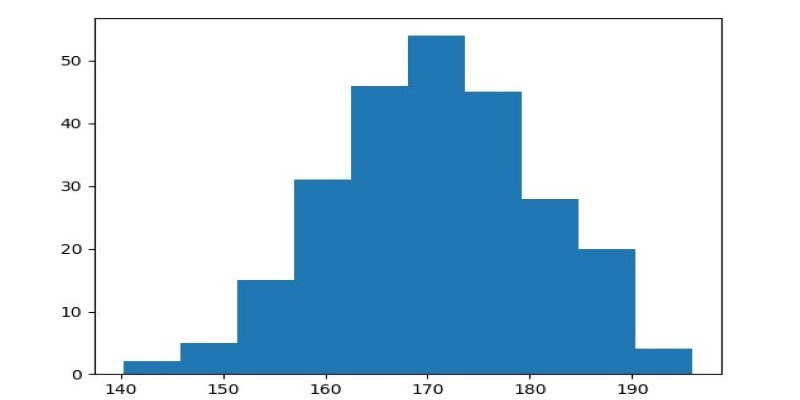
How to use Matplotlib.pyplot.hist() in Python to create clean, customizable histograms. This guide explains bins, styles, and tips for better Python histogram plots

Stay informed with the best AI news websites. Explore trusted platforms that offer real-time AI updates, research highlights, and expert insights without the noise
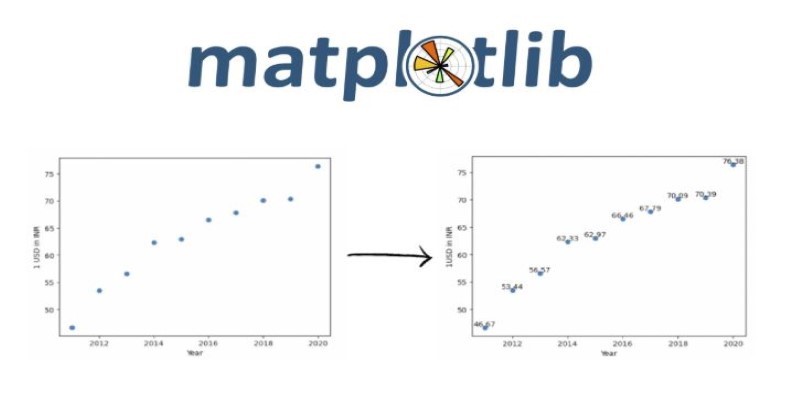
Explore effective ways for scatter plot visualization in Python using matplotlib. Learn to enhance your plots with color, size, labels, transparency, and 3D features for better data insights

Looking for the best AI resume builders? Check out these 10 free tools that help you craft professional resumes that stand out and get noticed by employers
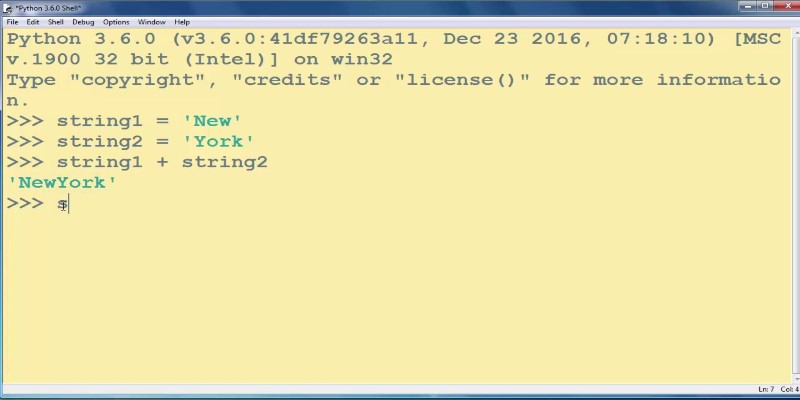
How to add strings in Python using 8 clear methods like +, join(), and f-strings. This guide covers everything from simple concatenation to building large text efficiently

Learn about Inception Score (IS): how it evaluates GANs and generative AI quality via image diversity, clarity, and more.

Discover how Getty's Generative AI by iStock provides creators and brands with safe, high-quality commercial-use AI images.

Learn different methods to calculate the average of a list in Python. Whether you're new or experienced, this guide makes finding the Python list average simple and clear